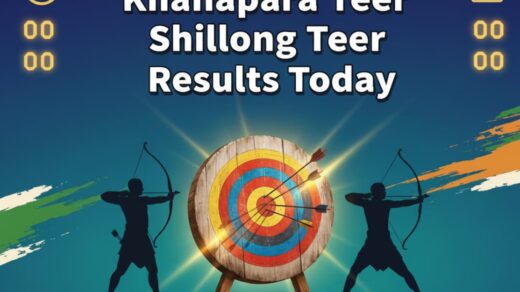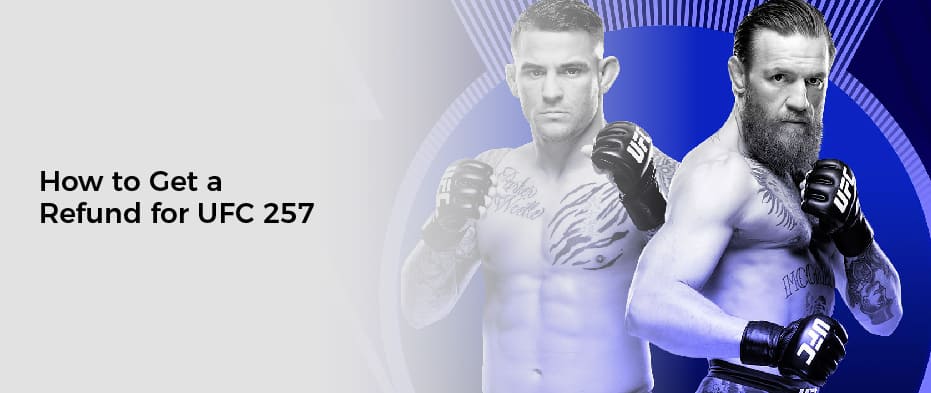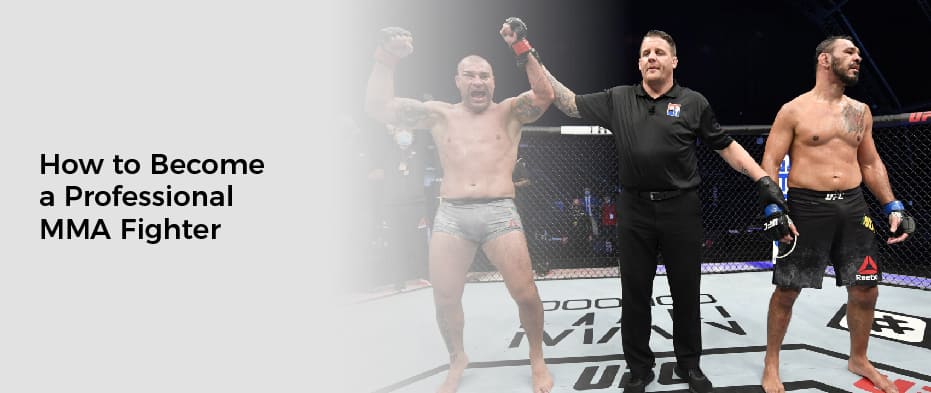The sports industry has undergone a dramatic digital transformation, with brands now leveraging sophisticated sports brands digital marketing fanbase strategies to connect with audiences worldwide.
In 2025, successful sports brands aren’t just selling products—they’re building communities, creating experiences, and fostering emotional connections that transcend traditional marketing boundaries.
The global sports market, valued at over $614 billion in 2024, continues to grow rapidly, with digital marketing playing a pivotal role in fan acquisition and retention.
Today’s sports brands understand that building a loyal fanbase requires more than just showcasing athletic performance; it demands authentic storytelling, strategic content creation, and data-driven engagement across multiple digital touchpoints.
How Sports Brands Use Digital Marketing to Build a Fanbase?

The Digital Evolution of Sports Branding in 2025
The landscape of sports marketing has shifted dramatically from traditional advertising to community-centric digital strategies.
Modern sports brands recognize that fans seek authentic connections, behind-the-scenes access, and opportunities to participate in the brand narrative.
Key digital transformation trends shaping sports branding include:
- Real-time engagement has become the gold standard, with brands responding to fan interactions within minutes rather than hours.
- Personalized content delivery uses AI and machine learning to tailor experiences based on individual fan preferences and behavior patterns.
- Cross-platform storytelling ensures consistent brand messaging across all digital channels while adapting content format to each platform’s unique characteristics.
The rise of community-driven marketing has transformed how brands approach fan engagement, moving from one-way communication to interactive dialogue that makes fans feel like active participants in the brand story.
Social Media Marketing Strategies for Fan Engagement
Social media remains the cornerstone of modern sports brand marketing, with platforms like Instagram, YouTube, TikTok, and X (formerly Twitter) serving as primary touchpoints for fan interaction.
Instagram: Visual Storytelling at Scale
Instagram’s visual-first approach makes it ideal for sports brands to showcase athletic moments, behind-the-scenes content, and lifestyle elements. Successful strategies include:
- Stories and Reels optimization drives engagement rates up to 6.9% higher than traditional posts, according to recent industry data. Sports brands like Adidas India have leveraged Instagram Reels to showcase athlete training sessions, achieving over 2 million views per post during major sporting events.
- User-generated content campaigns encourage fans to share their own sports moments using branded hashtags, creating authentic content while expanding reach organically. Nike’s #JustDoIt campaign in India generated over 150,000 user submissions in 2024, significantly boosting brand awareness among millennials and Gen Z audiences.
YouTube: Long-form Content Mastery
YouTube serves as the primary platform for comprehensive storytelling and educational content. Leading sports brands utilize several content formats:
- Documentary-style athlete profiles provide in-depth looks at player journeys, training regimens, and personal stories that humanize sports figures.
- Tutorial and training content positions brands as educational resources while subtly promoting products and services.
- Live streaming events create real-time engagement opportunities during training sessions, Q&A segments, and behind-the-scenes moments.
Indian Premier League (IPL) teams have mastered YouTube marketing, with channels like Mumbai Indians generating over 50 million views annually through player interviews, match highlights, and exclusive content series.
TikTok and Shorts: Micro-Content Impact
Short-form video content has revolutionized how sports brands capture attention in an increasingly crowded digital space. Effective strategies include:
- Trend participation allows brands to join viral conversations while maintaining brand authenticity.
- Quick tutorials and tips provide value in easily digestible formats that encourage sharing and savings.
- Behind-the-scenes moments offer exclusive access that makes fans feel connected to their favorite teams and athletes.
Content Marketing: Building Emotional Connections
Content marketing extends far beyond promotional posts, focusing on creating valuable, engaging narratives that resonate with target audiences on emotional levels.
Behind-the-Scenes Content Strategy
Modern fans crave authentic access to their favorite sports personalities and organizations. Successful behind-the-scenes content includes:
- Training session footage provides insights into athlete preparation and dedication, building respect and admiration among followers.
- Locker room conversations and team meetings offer exclusive access that makes fans feel like insiders.
- Travel vlogs and team bonding activities humanize athletes and create relatable content that strengthens emotional connections.
Athlete Story Amplification
Personal narratives drive engagement more effectively than generic promotional content. Key storytelling elements include:
- Journey documentation follows athletes from early career challenges through major achievements, creating compelling multi-part content series.
- Community impact stories highlight how athletes and brands contribute to local communities, building positive brand associations.
- Overcoming adversity narratives resonate deeply with audiences facing their challenges, creating emotional bonds that extend beyond sports performance.
Merchandise and Product Teasers
Strategic product promotion requires balancing commercial goals with authentic content creation:
- Limited edition reveals create excitement and urgency around new product launches.
- Product development stories show the design and testing process, adding value and context to purchasing decisions.
- Athlete endorsement authenticity ensures that product promotions feel genuine rather than forced, maintaining audience trust and engagement.
Influencer and Athlete Collaborations
Strategic partnerships with influencers and athletes amplify brand reach while maintaining authenticity and credibility within target communities.
Micro-Influencer Partnerships
Micro-influencers often deliver higher engagement rates and more authentic connections than mega-influencers:
| Influencer Tier | Follower Range | Average Engagement Rate | Cost Effectiveness |
|---|---|---|---|
| Nano-influencers | 1K-10K | 7.2% | Highest |
| Micro-influencers | 10K-100K | 4.6% | High |
| Macro-influencers | 100K-1M | 2.4% | Medium |
| Mega-influencers | 1M+ | 1.7% | Lower |
- Local sports personalities and regional athletes often provide better ROI for sports brands targeting specific geographic markets.
- Fitness enthusiasts and amateur athletes create relatable content that resonates with everyday sports fans rather than professional-level audiences only.
Athlete Ambassador Programs
Long-term athlete partnerships create sustained brand advocacy and authentic product integration:
- Performance storytelling showcases how products contribute to athletic success without appearing overly promotional.
- Lifestyle integration demonstrates how sports brands fit into athletes’ daily lives beyond competitive performance.
- Co-creation opportunities involve athletes in product development and marketing strategy, ensuring authentic representation and genuine enthusiasm.
Local SEO for Sports Academies and Regional Clubs
Local search optimization has become crucial for sports organizations serving specific geographic communities, with 76% of local searches resulting in offline visits within 24 hours.
Google My Business Optimization
Effective local SEO starts with comprehensive Google My Business management:
- Complete profile information, including accurate addresses, phone numbers, hours of operation, and service descriptions.
- Regular content updates through posts, photos, and event announcements keep profiles active and engaging.
- Review management involves responding to all reviews professionally and encouraging satisfied customers to share positive feedback.
Local Content Strategy
Creating location-specific content improves local search visibility while serving community needs:
- Community event coverage positions sports organizations as active community participants.
- Local athlete spotlights create relevant content while building relationships with regional talent.
- Facility showcases and virtual tours help potential members understand available amenities and services.
Citation Building and Local Partnerships
Consistent business information across online directories and local partnerships strengthens local SEO performance:
- Directory submissions to sports-specific and general local business directories improve online visibility.
- Local media relationships generate backlinks and coverage that boost search authority.
- Cross-promotional partnerships with complementary local businesses expand reach while building community connections.
Email Marketing and Community Building
Email marketing remains one of the highest ROI digital marketing channels, with sports brands achieving average returns of $36 for every dollar invested.
Segmentation Strategies
Effective email marketing relies on sophisticated audience segmentation:
- Behavior-based segments group subscribers based on engagement patterns, purchase history, and content preferences.
- Demographics and psychographics allow for targeted messaging that resonates with specific audience characteristics.
- Lifecycle stage segmentation ensures appropriate messaging for new subscribers, active fans, and long-term supporters.
Content Series Development
Regular email content keeps subscribers engaged while building anticipation for future communications:
- Weekly training tips provide consistent value while subtly promoting products and services.
- Exclusive athlete interviews offer premium content that makes email subscription feel valuable.
- Behind-the-scenes access through email-only content creates exclusivity that encourages subscription maintenance.
Community Platform Integration
Email marketing works most effectively when integrated with broader community-building efforts:
- Discord and Slack communities provide real-time interaction opportunities that complement scheduled email communications.
- Private Facebook groups create exclusive spaces for dedicated fans to connect and share experiences.
- Mobile app integration allows for push notifications and in-app messaging that supplements email outreach.
Paid Advertising and Performance Marketing
Strategic paid advertising amplifies organic content reach while targeting specific audience segments with precision and measurable results.
Platform-Specific Strategies
Different advertising platforms serve distinct purposes within comprehensive digital marketing strategies:
- Facebook and Instagram ads excel at visual storytelling and broad audience targeting, particularly effective for brand awareness campaigns and merchandise promotion.
- Google Ads captures high-intent searches from users actively seeking sports-related products or services.
- YouTube advertising provides opportunities for longer-form storytelling while targeting users based on viewing behavior and interests.
Retargeting and Conversion Optimization
Advanced advertising strategies focus on converting interested prospects into active community members:
- Website visitor retargeting re-engages users who showed initial interest but didn’t complete the desired actions.
- Video view audiences target users who engaged with video content across platforms, indicating higher interest levels.
- Lookalike audience creation expands reach to users similar to existing high-value customers and community members.
Budget Allocation and ROI Measurement
Effective paid advertising requires strategic budget distribution and comprehensive performance tracking:
- 80/20 rule application allocates 80% of the budget to proven strategies while reserving 20% for testing new approaches and platforms.
- Attribution modeling tracks customer journeys across multiple touchpoints to understand true campaign effectiveness.
- Lifetime value calculations inform customer acquisition cost decisions and long-term strategy development.
Analytics and Fan Behavior Tracking
Data-driven decision making separates successful sports brands from those struggling to build sustainable fan bases in competitive digital environments.
Key Performance Indicators (KPIs)
Comprehensive analytics tracking requires monitoring multiple metrics across different categories:
- Engagement metrics, including likes, comments, shares, and time spent consuming content, indicate audience interest and content quality.
- Community growth metrics track follower increases, email subscriber growth, and community platform participation rates.
- Conversion metrics measure how effectively digital marketing efforts translate into desired actions like merchandise purchases, event attendance, or membership sign-ups.
Advanced Analytics Implementation
Sophisticated tracking provides deeper insights into fan behavior patterns and preferences:
- Cross-platform analytics integrate data from multiple sources to create comprehensive user journey maps.
- Predictive analytics identify trends and patterns that inform future content and strategy decisions.
- Sentiment analysis monitors brand perception and fan satisfaction across social media platforms and review sites.
Data-Driven Content Strategy
Analytics insights should directly inform content creation and distribution strategies:
- Content performance analysis identifies which topics, formats, and posting times generate the highest engagement.
- Audience preference mapping reveals how different fan segments respond to various content types and messaging approaches.
- Optimization testing continuously improves content performance through systematic A/B testing and iterative improvements.
Conclusion: Building Lasting Fan Relationships
The most successful sports brands in 2025 understand that building a dedicated fanbase requires more than excellent athletic performance – it demands authentic digital storytelling, strategic community building, and data-driven marketing approaches that create genuine emotional connections.
Modern sports brands’ digital marketing fanbase strategies focus on creating value for fans through exclusive content, behind-the-scenes access, and opportunities for meaningful interaction.
Brands that prioritize long-term relationship building over short-term promotional gains consistently outperform competitors in fan loyalty, engagement, and revenue generation.
The key to success lies in balancing authenticity with strategic marketing, ensuring that every digital touchpoint contributes to a cohesive brand narrative that resonates with target audiences.
As technology continues evolving, sports brands must remain adaptable while maintaining focus on fundamental relationship-building principles.
Whether you’re launching a new sports brand, managing an established team, or leading a regional sports academy, implementing these digital marketing strategies will help you build a passionate, engaged community that supports your mission and drives sustainable growth.
Ready to transform your sports brand’s digital presence and build a thriving fan community? Book a free digital growth consultation with Best Solution of IT today and discover how digital marketing strategies can elevate your brand to new heights.



